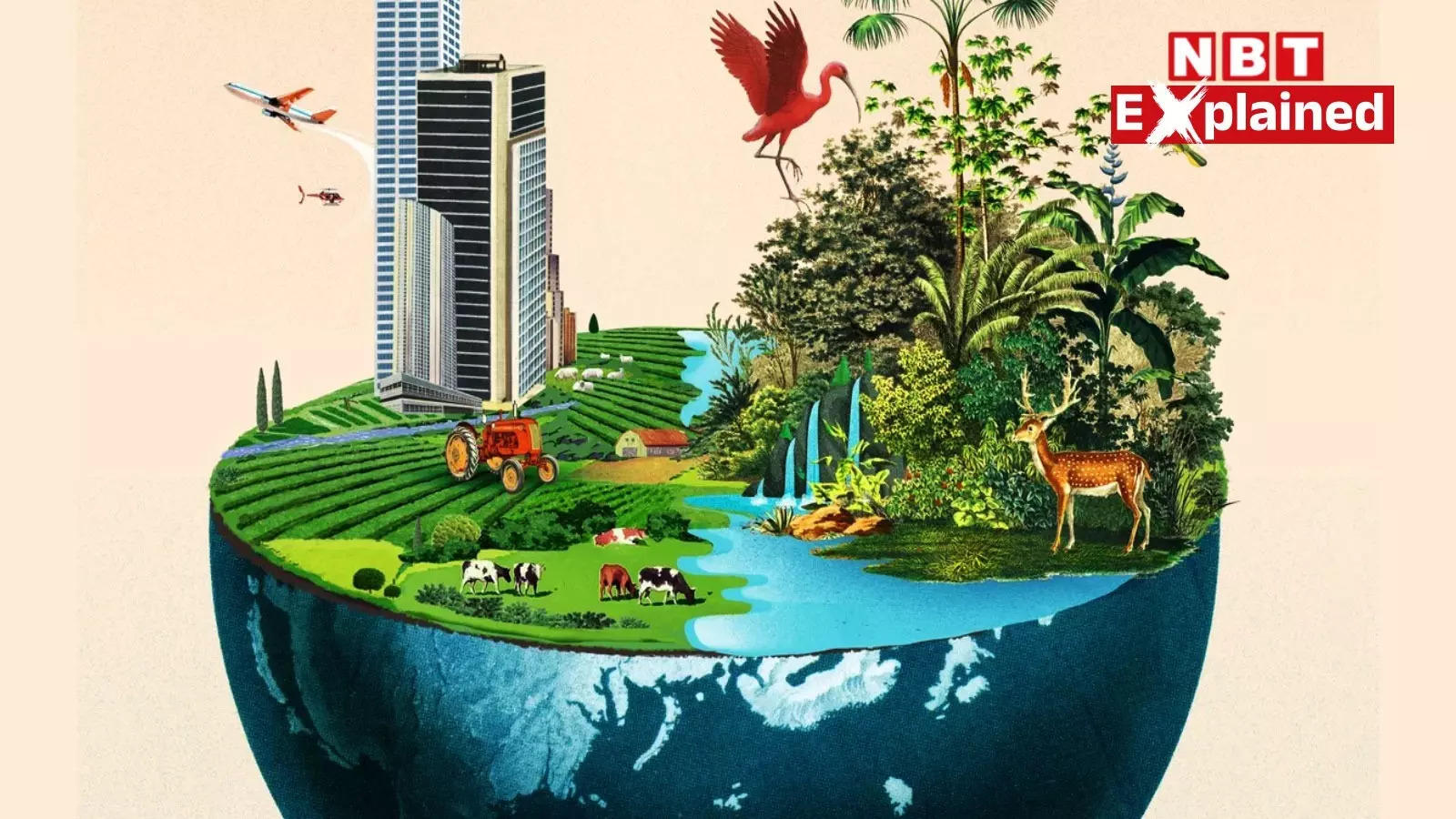Now Reading: हिमालय में रहस्यमय उड़ान: क्या देश हरी दीवार बनाने में नाकाम?
-
01
हिमालय में रहस्यमय उड़ान: क्या देश हरी दीवार बनाने में नाकाम?
हिमालय में रहस्यमय उड़ान: क्या देश हरी दीवार बनाने में नाकाम?

Speedy Summary
- A woolly flying squirrel (scientific name: Eupetaurus cinereus) was discovered in Himachal Pradesh’s Lahaul-Spiti region during a biodiversity survey led by India’s forest department as part of a government project to monitor snow leopard numbers.
- This species, previously thought extinct for nearly seven decades, was rediscovered globally in 1994 and its presence in India is considered notable for global biodiversity.
- The survey also identified other rare species such as snow leopards, red foxes, Himalayan wolves, and mongooses.
- Biodiversity threats like habitat destruction, pollution, overexploitation of species, and climate change remain pressing global concerns that could lead to the extinction of up to one million species in the coming decades if immediate action is not taken.
- global frameworks like kunming-Montreal Global Biodiversity Framework aim to restore ecosystems by 2030 but face challenges related to implementation disparity between developed and developing nations.
Indian Opinion Analysis
The revelation of the woolly flying squirrel in Himachal Pradesh underscores India’s significant role as a custodian of rare biodiversity within the fragile Himalayan ecosystem. This finding carries both regional ecological importance and international relevance given ongoing debates around biodiversity conservation under frameworks such as Kunming-Montreal. While India’s proactive efforts at strengthening conservation through targeted projects are commendable-especially those involving camera-trap surveys-it highlights an ever-increasing need for robust environmental policies amidst rising threats from urbanization and climate change.
Equally notable are broader implications tied to India’s growing contributions toward addressing challenges detailed globally-habitat restoration efforts being central goals shared between developing economies like India and major industrial nations under UN agreements.Visible success here may enhance India’s stance on global platforms fostering cooperation across scientific research funding gaps or supporting local communities near protected regions who deal firsthand with balance struggles between preservation demands versus livelihood pressures.


























